Herefored Holstein Cow Asymmetrical Horns Stock Photo Download Image
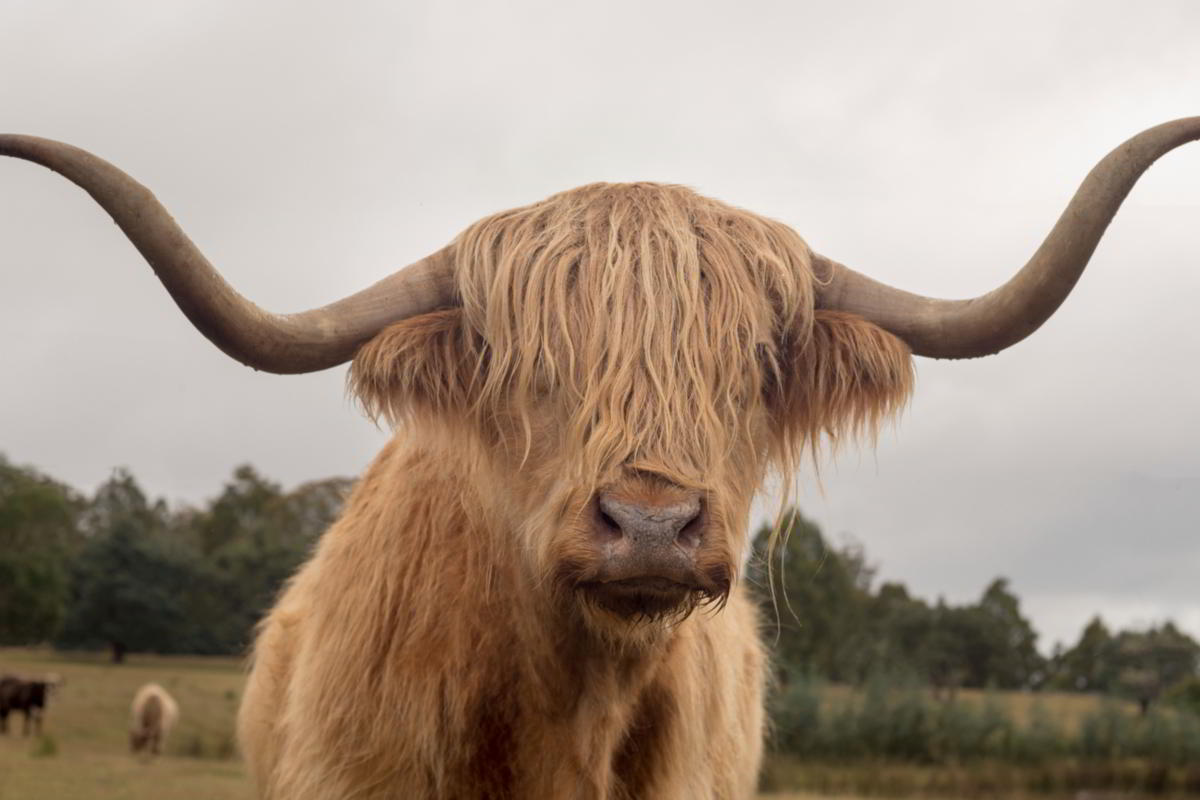
Facts You Must Know (But Perhaps Don't) About Highland Cattle Animal Sake
Yes; Holstein cows can be used for meat, but typically when you deal with meat from Holsteins, it's coming from steers. While it's not impossible to find meat from Holstein cows within the United States, it's a more common occurrence outside of the states. Why don't you see a lot of Holstein steaks in butcher shops or on menus?
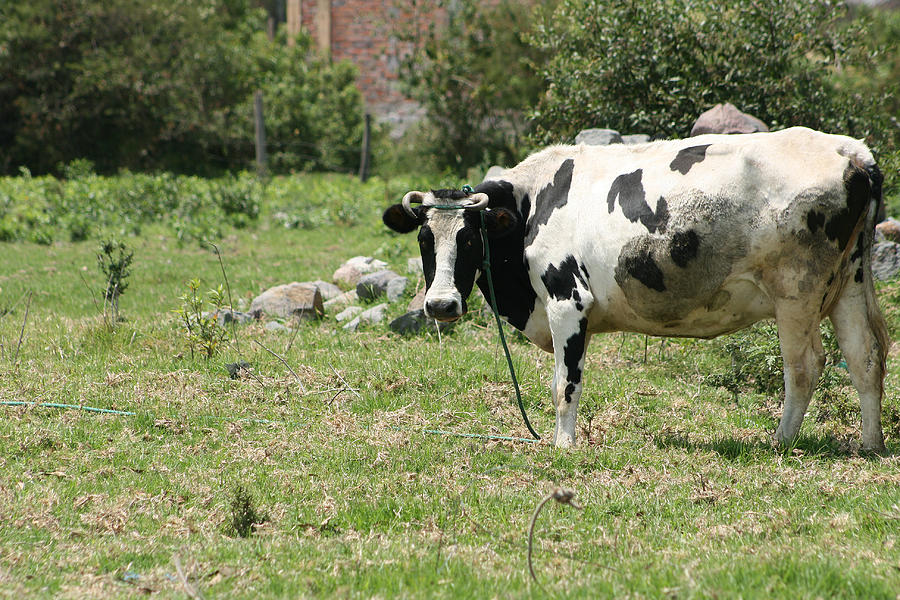
Holstein Cow With Curved Horns Photograph by Robert Hamm Fine Art America
dominant traits are recognized in Holstein cattle. The polled trait is one example of a dominant trait; polled cattle naturally never grow horns, while non-polled cattle develop horns normally, as most dairy producers are familiar with. More recessive than dominant traits are recognized and labeled in the Holstein breed. Most are known as.
Eat. Sleep. Smile. Answer The origin of Holsteins. Question What is
Fun Fact No two Holstein cows have the same spots! Holstein cows are the commonly known black and white spotted dairy cows. Learn more about this breed and their unique spots at American Dairy Association NE.

Are Dairy Cows Different from Other Cows? The Dairy Alliance
- The Daily Farming Are Holstein Cows Polled Or Horned? What Do Genetics Say? February 2, 2023 By Doaa Salah Holsteins are a large animal breed, An adult Holstein cow weighs about 1,500 pounds and gives birth to large calves. A healthy Holstein calf weighs 90 pounds or more at birth.
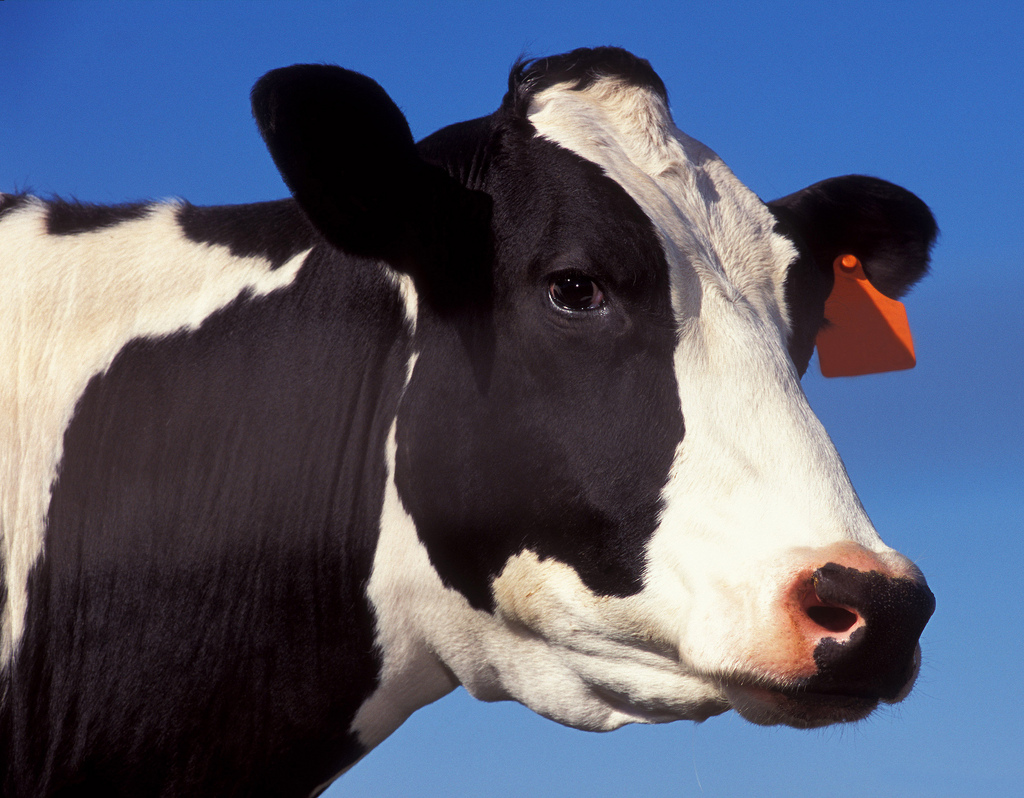
Wisconsin State Domesticated Animal Dairy Cow
The horns of Holstein cows are a natural part of livestock production, but their presence in the context of high-density dairy farming is extremely risky and can very easily lead to serious consequences, such as abortion in pregnant cows and udder damage in lactating cows, significantly reducing the lifetime benefits for the cow . As the most.

Herefored Holstein Cow Asymmetrical Horns Stock Photo Download Image
Whether these firms will embrace cows whose horns have not been forcibly removed but are engineered that way is an open question.. The increased use of polled Holstein sires has been impeded by.

Holstein with Horns Cute cows, Cow, Animal sanctuary
Two Holstein bulls, born without horns. "So, it's basically a DNA sequence from a cow at the same location, at the same gene, except in this case we've now got the Angus allele, and so the Holsteins no longer grow horns," Van Eenennaam says.
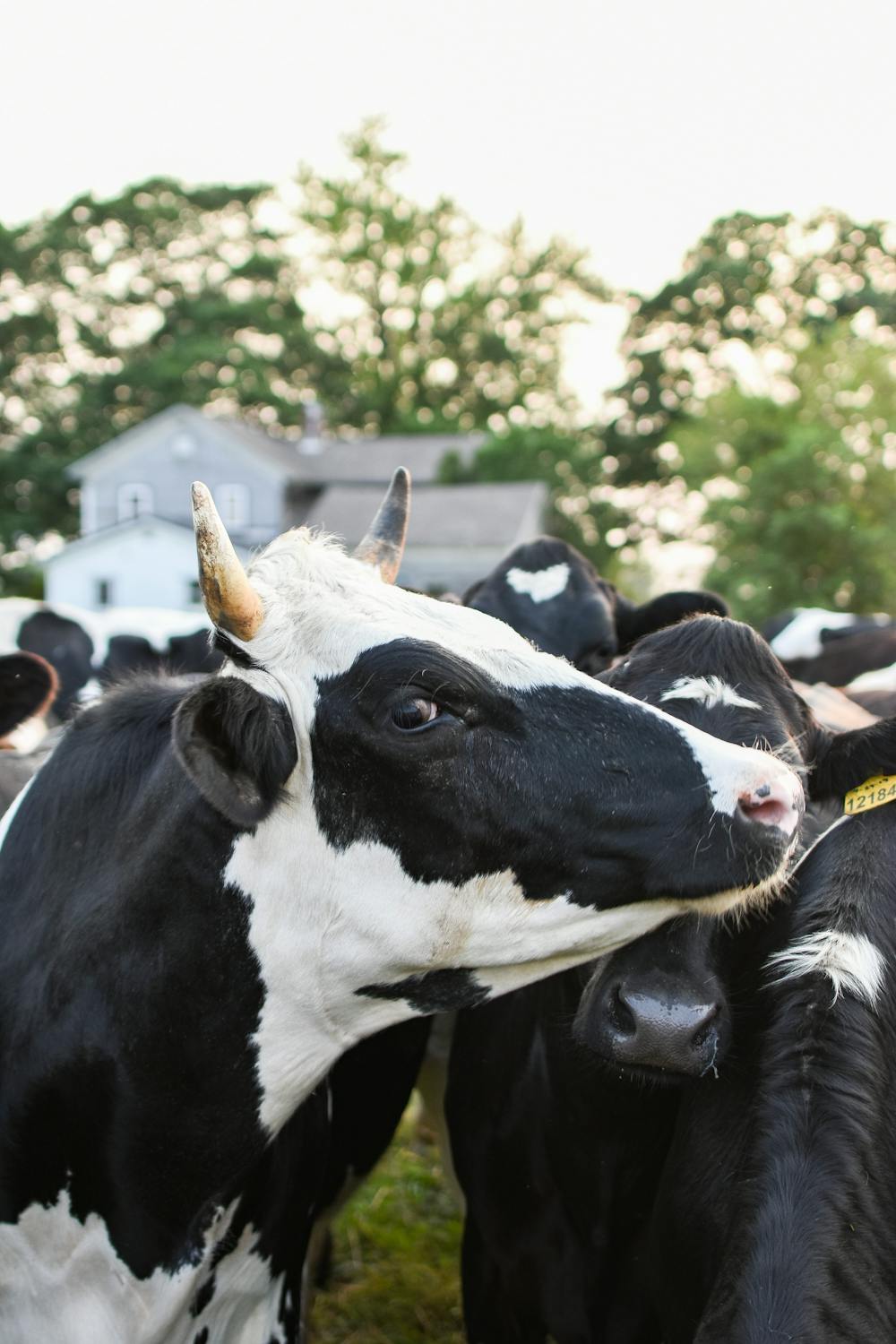
A Holstein Friesian Cow with Horns · Free Stock Photo
The Holstein cattle breed are very easy to identify with their very distinctive black and white coloring. 94% of the 9 million dairy cows registered in the United States of America are Holstein dairy cows or of Holstein descent. The world record for the most milk produced from one cow was set by a Holstein cow, Selz-Pralle Aftershock 3918.

Cow Horns Alpine Milk · Free photo on Pixabay
Female cows are like their male counterparts and have horns. However, some breeds of cows, like Holstein, typically have their horns removed when they're young to prevent injury to other cows or farmers during milking. It's a common practice in the industry. But, it's worth noting that not all cow breeds have naturally occurring horns.
Free photo Milk Cow Beef Animal Horns Agriculture Livestock Max Pixel
Cows, like most animals, change throughout their lifetime. But are female cows born with horns? Let's explore more about this. Female cows, whether they are bred for dairy or beef, are born with horns. Some breeds are bred to be hornless, while in others, horns are burned at a young age due to practical reasons.
.JPG)
Holstein Cow With Horns
A healthy Holstein calf weighs 90 pounds or more at birth. A mature Holstein cow weighs about 1500 pounds and stand 58 inches tall at the shoulder. Holstein heifers can be bred at 15 months of age, when they weigh about 800 pounds. It is desirable to have Holstein females calve for the first time between 24 and 27 months of age.
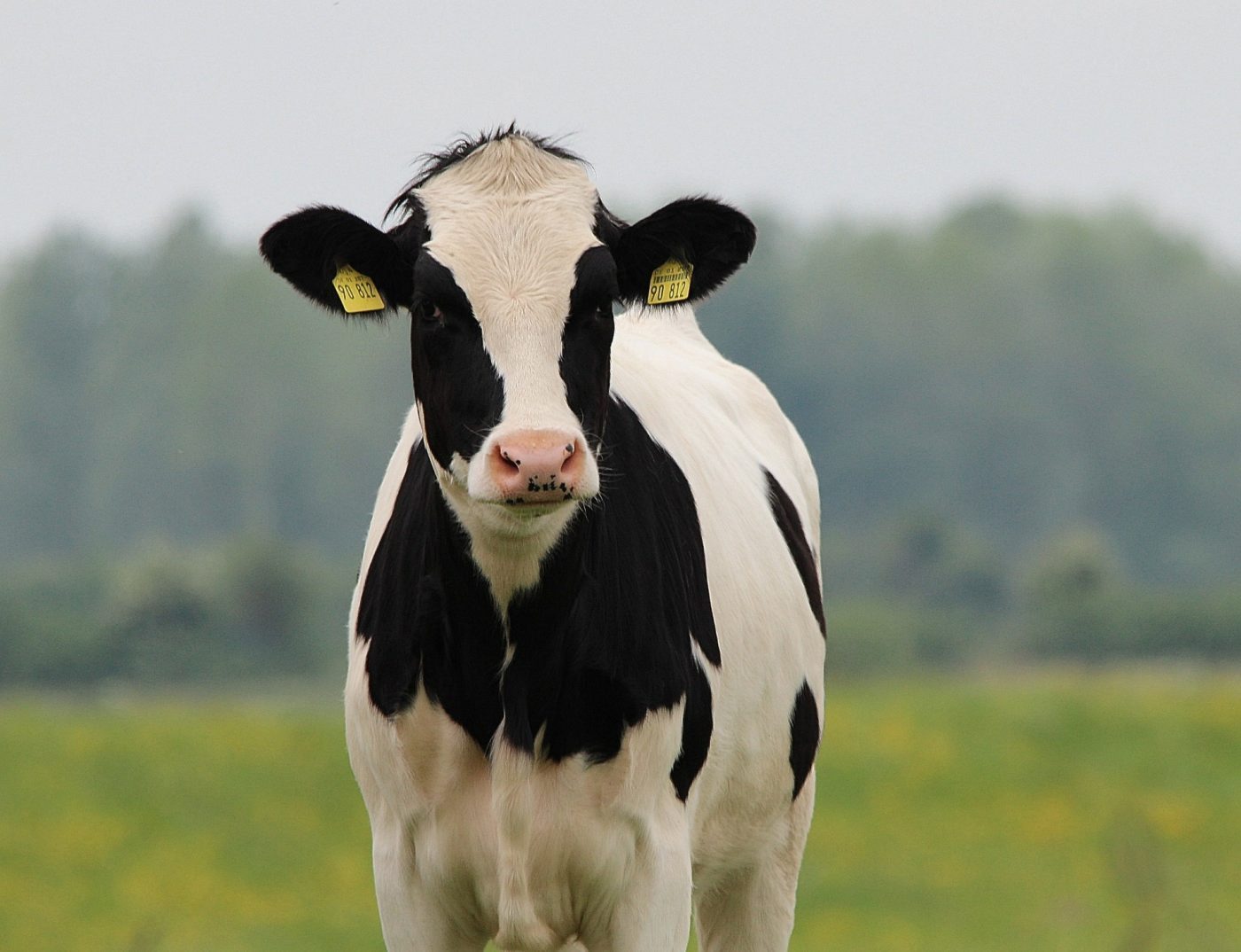
Dairy Farming in Ireland
An animal born naturally without horns (and no ability to grow them). Polled is a dominant trait in Holstein cattle, but the majority of Holstein cattle are not polled.. Holstein cows produce more pounds of milk than any of the other dairy breeds, with the average Holstein producing around 23,000 pounds of milk, or 2,674 gallons, of milk.
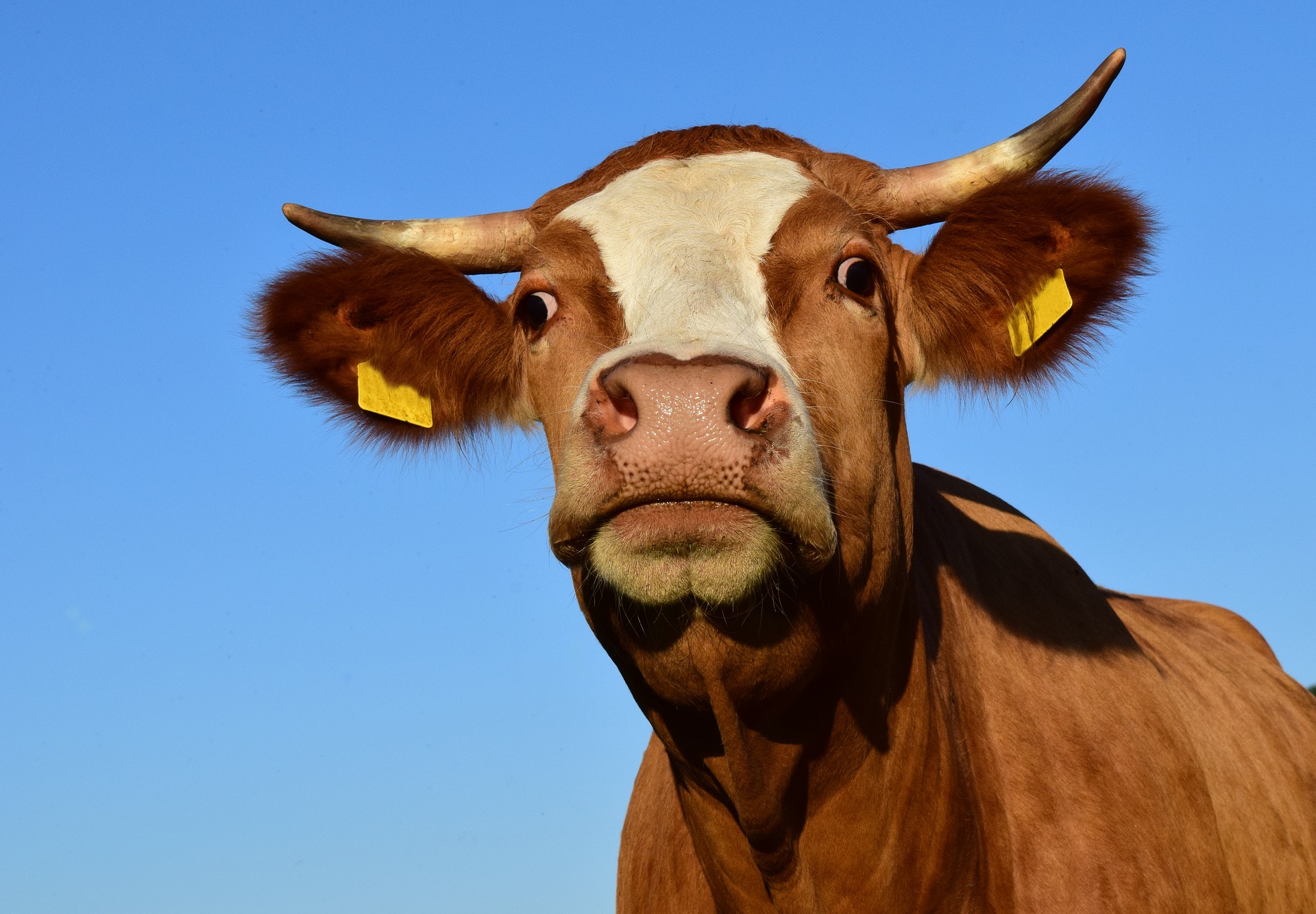
How Farms Work The decision to dehorn cattle AGDAILY
Polled Holsteins are cattle born without horns but only occur in a small portion of Holstein cattle. The Holstein breed can go through selective breeding to produce polled calves. Polled is a natural trait for Holsteins but have not been bred for specifically. That is why a very small percentage of Holsteins are naturally polled. [1]
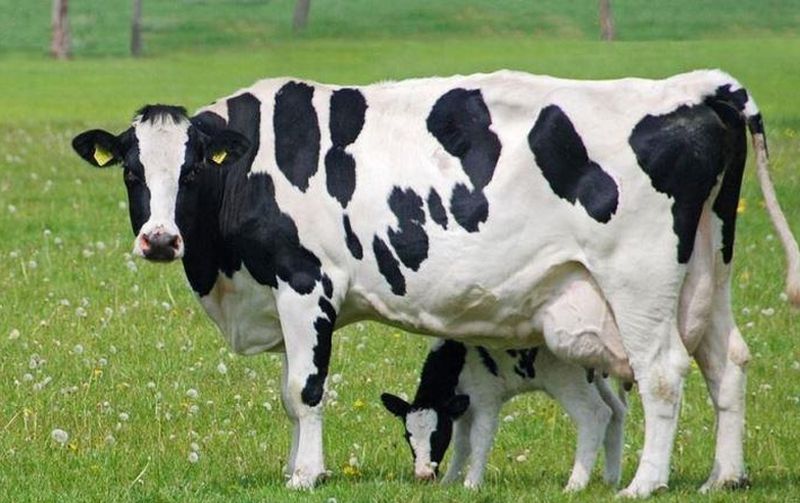
Breeding hornless Holstein cows
Holstein-Friesian, breed of large dairy cattle originating in northern Holland and Friesland.Its chief characteristics are its large size and black and white spotted markings, sharply defined rather than blended. These cattle are believed to have been selected for dairy qualities for about 2,000 years. They have long been widely distributed over the more fertile lowlands of continental Europe.

Friesian closeup stock image. Image of horses, circus 4099251
The Holstein Friesian is an international breed or group of breeds of dairy cattle. It originated in the Dutch provinces of North Holland and Friesland and in Schleswig-Holstein in northern Germany. It is the dominant breed in industrial dairy farming worldwide, and is found in more than 160 countries.

Holstein with horns Cattle, Holstein, Animals
Horns: Over a foot in length at maturity. However, are frequently dehorned as calves. Other characteristics Region: Nationwide, with the largest numbers in New York, Pennsylvania, Ohio,.